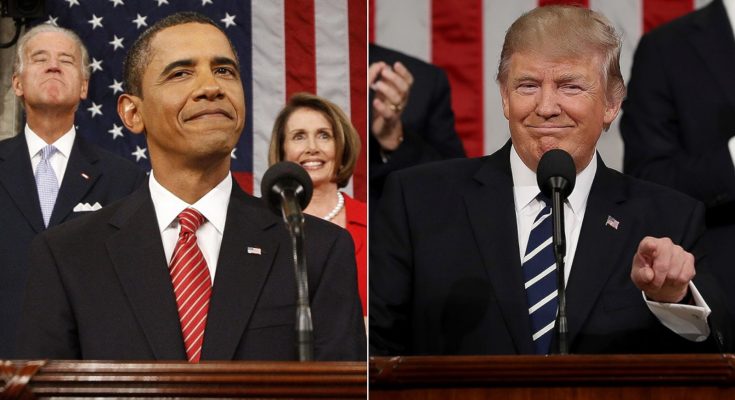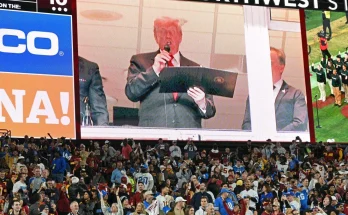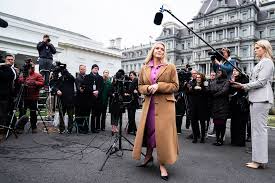For most Americans, it was supposed to be an ordinary Tuesday. A quiet lead-up to yet another political announcement in Washington. But behind the scenes—away from cameras, away from teleprompters, away from the carefully staged podiums—something explosive was unfolding.
In the 24 hours before Donald Trump was scheduled to unveil the Healthcare Price Reduction Act, he made a series of moves so abrupt, so sweeping, that they nearly pulled Barack Obama back into the center of a national firestorm many thought had ended years ago.
And for millions of older Americans—people who lived through the rise and fall of Obamacare, who saw premiums climb, who watched their prescriptions empty their bank accounts—those 24 hours reopened old wounds, old frustrations, and old hopes.
A Leak That Shocked Washington

It started with a leak so unexpected that staff inside the West Wing reportedly froze when it hit the wires.
Trump revealed the backbone of his new healthcare plan early—a plan that, according to internal estimates, would save billions of dollars a year by slashing what he called “bloated subsidies” given to large insurance companies during the Obamacare era.
For ordinary Americans, especially retirees living on fixed incomes, the number didn’t just look big.
It sounded like relief.
Real relief.
For years, seniors had been told costs would go down, only to watch premiums climb higher than their grocery bills. Many said it felt like a promise that was never kept. Trump’s leak reopened the debate with the force of a hurricane.
And Obama—once the face of the Affordable Care Act—was suddenly being pulled right back into the storm.
A Radical New “Savings Account” System
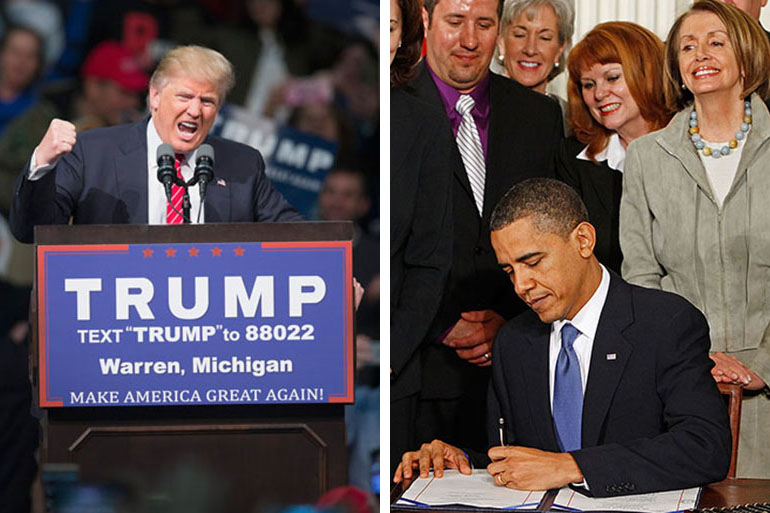
Then came Trump’s second move.
A complete restructuring of how subsidies would work.
Instead of billions disappearing into the hands of insurance companies, Trump proposed routing that money straight to individual Americans, placing it into what he called savings-based health accounts. People would finally pick their own plans—some cheaper, some more flexible—without being forced into insurance structures they never asked for.
Think tanks quickly projected that premiums under this model could fall by 8% to 14%—numbers that hit home for families who have watched their healthcare costs chip away at retirement plans, savings, and even their sense of security.
This wasn’t just a policy shift.
It was a direct challenge to the foundation of Obamacare.
And it was delivered with the kind of timing that guaranteed controversy.
Ghost Beneficiaries and Billions Lost
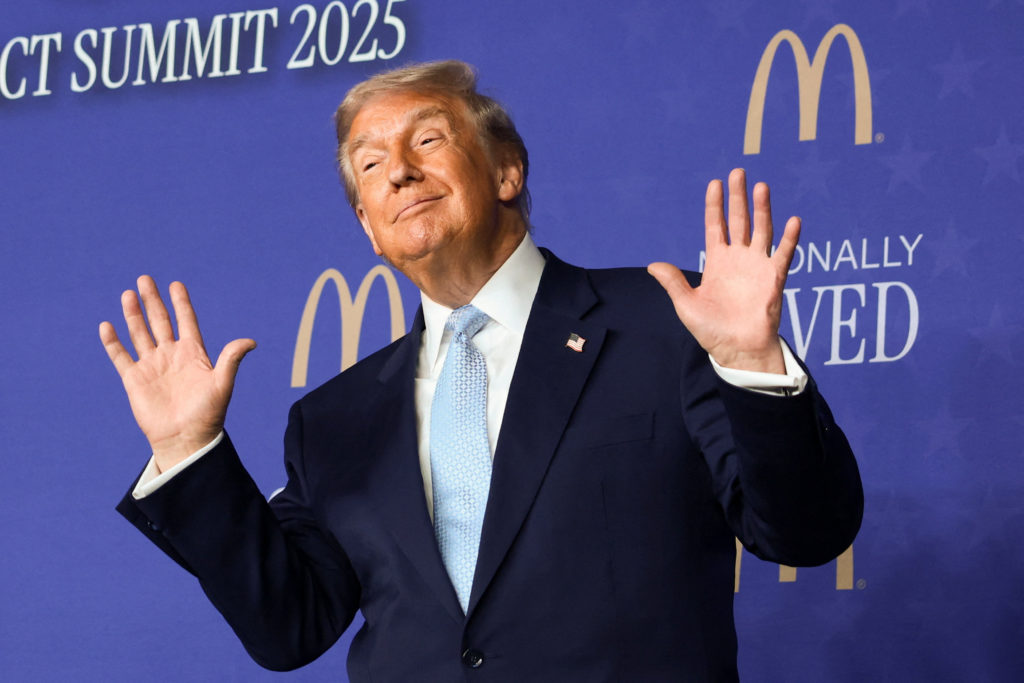
Finally, the third blow.
Trump addressed something that had quietly haunted the healthcare system for years: ghost beneficiaries—false identities collecting benefits, draining government funds, and driving up costs for everyday Americans.
In a tone far sharper than expected, he claimed losses from these fraudulent claims had “exceeded any previous estimate.”
For older Americans—many of whom spent decades paying into the system only to find that criminals were taking advantage of it—this revelation felt personal. Deeply personal. People who played by the rules watched money vanish into the shadows.
And Trump’s accusation placed the Obama-era oversight structure directly in the line of fire.
The Storm That Almost Was
In just one day, Trump had:
-
Challenged the economic heart of Obamacare
-
Rewired a subsidy system untouched for a decade
-
Accused past leadership of failing to stop massive fraud
Washington insiders say the media was preparing for a political earthquake—one that could have reignited the most emotional healthcare debate since 2009.
Obama had not spoken, had not responded—but the shadow of his presidency was suddenly towering over the entire conversation again.
For Americans aged 45–65+, many of whom lived through the promises, the disappointments, the medical bills, and the political shouting, these revelations weren’t just headlines.
They were memories.
They were reminders of the moments that shaped their families, their finances, and their futures.
A Nation Still Searching for Answers
And perhaps that’s the real story of those 24 hours.
Not Trump.
Not Obama.
Not the policies.
Not the press conferences.
But the quiet, exhausted, frustrated millions of ordinary Americans who are still waiting—years later—for a healthcare system that doesn’t terrify them, drain them, confuse them, or abandon them.
For the 64-year-old who skips prescriptions to stretch retirement savings.
For the 57-year-old paying more for healthcare than for housing.
For the caregiver choosing between her mother’s medicine and her own.
These aren’t partisan battles.
They’re human ones.
And in those 24 hours, the nation saw just how fragile, how emotional, and how desperately unresolved America’s fight for fair healthcare truly is.
